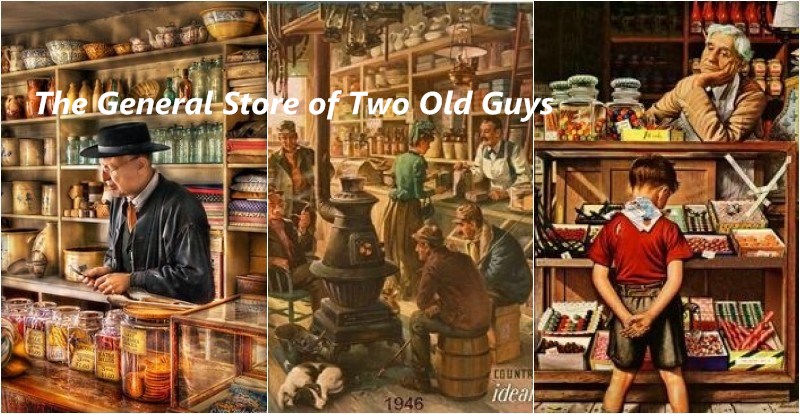kitchen wall art: kitchen wall art
POSTED ON JULY 29, 2020 BY FGB
29
Jul
M4034S-4211
The kitchen is central in homes today and it should provide inspiration to those working in it. To serve this purpose the kitchen should be decorated to give the occupants a sense of comfort and pleasantness. Ways in which a kitchen can be decorated are many but the most popular is wall art. Themes such as Tuscan style, modern, and contemporary, and country styles are some of the more trendy approaches to kitchen wall art.
The Tuscan style kitchen wall art makes use of warm and rich colors like deep reds and purples, oranges and olive greens. Murals that feature the rolling hills of the Tuscan countryside, paintings depicting the rich wines and grapes of the area and illustrations of the stunning vineyards of northern Italy are a few ideas of what this elegant kitchen wall art style would entail. This art style gives the ambience of richness and warmth.
Modern and contemporary art has an expansive variety of wall art; abstract art, photography, and pop are just some of the many ideas you can incorporate into your kitchen wall art. Some like to have a theme of black and white when decorating their kitchen walls or on the other hand a striking multicolored collage. This style of kitchen wall art is futuristic and innovative and one can let their imagination run wild when choosing this style of art.
In comparison to the modern and contemporary style, the country style is more rustic and quaint. Depictions of fresh fruits and vegetables, rustic signs, roosters and other barnyard animals are the common features of country style art. No rules govern this type of decoration; one simply has to decorate with the feeling of wanting to create a warm and cozy feeling in the kitchen; it is open to any definition that one would have of “country”. The end result of such a kitchen wall art is a pleasant and inviting mood, a charming and cozy country kitchen.
Other appealing themes of kitchen wall art include food and cuisine art, alcohol art, pasta art, international cuisine art, herbs and spices, and fruits and vegetables. Given all these various styles making a choice seems difficult but in selecting from them, one should pick the one that best portrays you and the one that will inspire you to work happily and creatively in the kitchen. All the time spent decorating will well be worth it in the end because being in the kitchen will be enjoyable indeed.
http://art-gallery-originals.com
Features Lewis Baber Originals
Email:twooldguysdistributingco@usa.com
